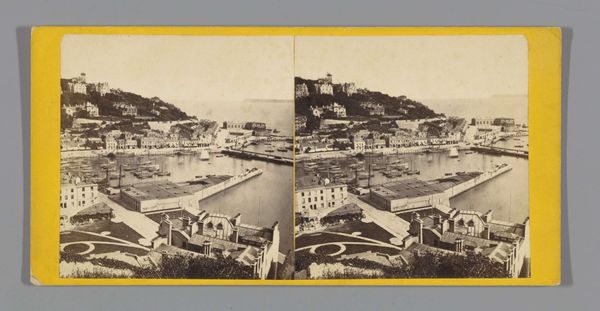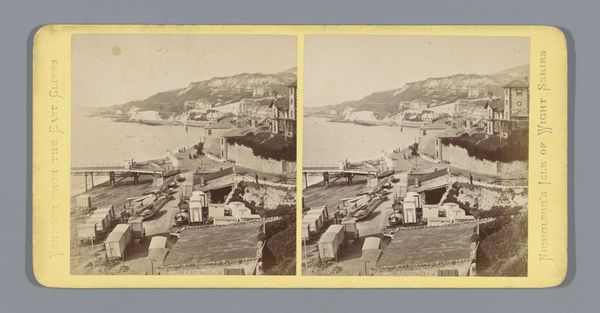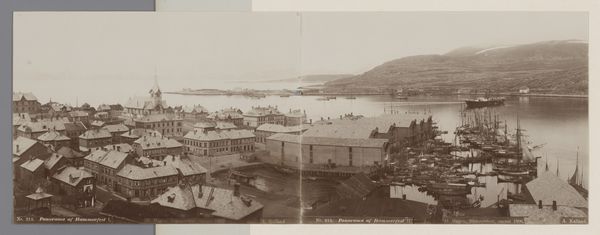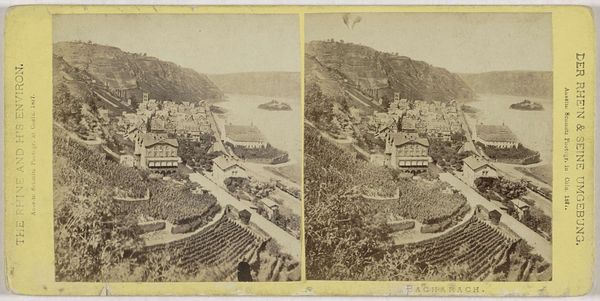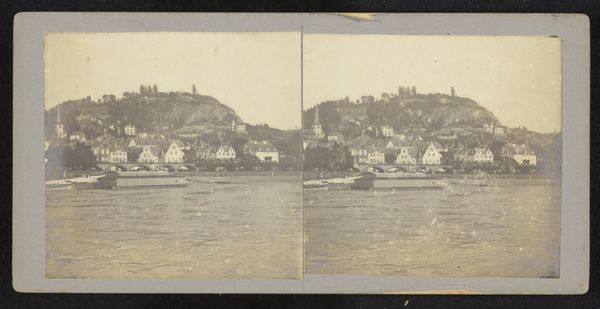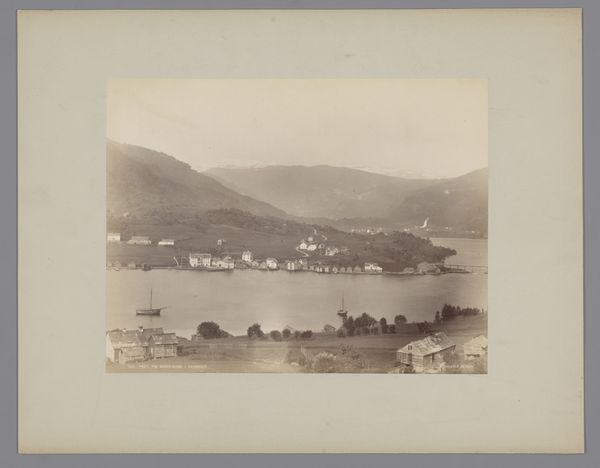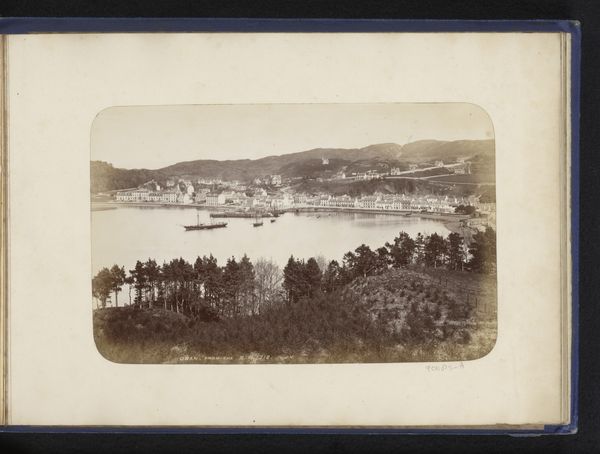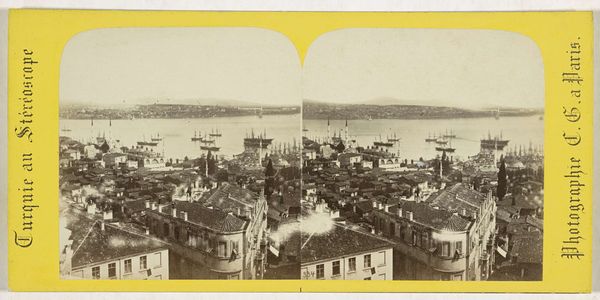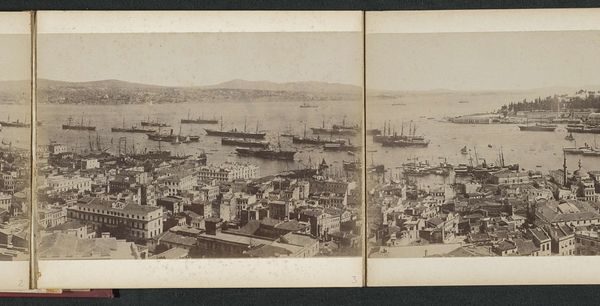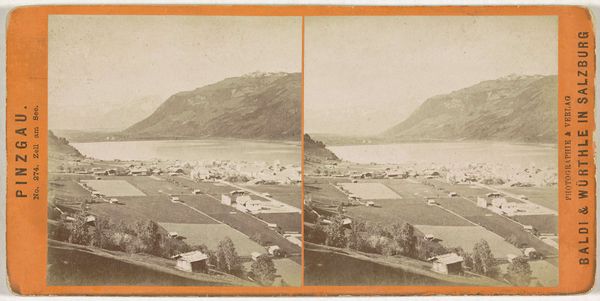
photography, albumen-print
#
landscape
#
photography
#
cityscape
#
albumen-print
#
realism
Dimensions: height 86 mm, width 175 mm
Copyright: Rijks Museum: Open Domain
Editor: This is "Gezicht op de haven van Nice," or "View of the Port of Nice," a photograph dating back to 1862-1863 by Jean Andrieu, done in albumen print. There's something striking about seeing a moment in history so clearly. What’s your take? Curator: It’s a remarkable slice of social and technological history. Consider what an innovation photography was at the time. Prior to its advent, this vista could only be captured through painting, reserved for a certain elite. Photography democratized representation. What does the composition suggest to you about Andrieu’s perspective on Nice? Editor: I see a sense of order and progress in the way the buildings, bridge, and even the ships are arranged. Was this intentional or simply a reflection of the city's character? Curator: Probably both! The port, then as now, was crucial for trade and transport. By choosing this vantage point, Andrieu showcases the city's modern infrastructure. But think too about how photography itself shaped perceptions of urban spaces. The rise of the bourgeoisie led to a craving for representations of 'modern life'. What's missing? Editor: Well, people. It is striking how deserted the port seems. I guess it's hard to capture motion. Curator: Exactly. Early photography required long exposure times. This relative stillness lends a certain timelessness, but it’s a carefully constructed image, playing into notions of idealised progress, while simultaneously omitting inconvenient realities, for instance the working people present in the port at that time. Editor: So, it’s both a faithful record and a constructed reality. I guess every picture tells a story, or, maybe, an edited story. Curator: Precisely! This photo is also a reminder of how images themselves become artifacts, embodying the values and perspectives of their time, inviting us to be active viewers rather than passive consumers. I learned that by talking it through with you. Editor: I’m glad to help. It really got me thinking about how we perceive cities, and who gets to shape that perception.
Comments
No comments
Be the first to comment and join the conversation on the ultimate creative platform.
